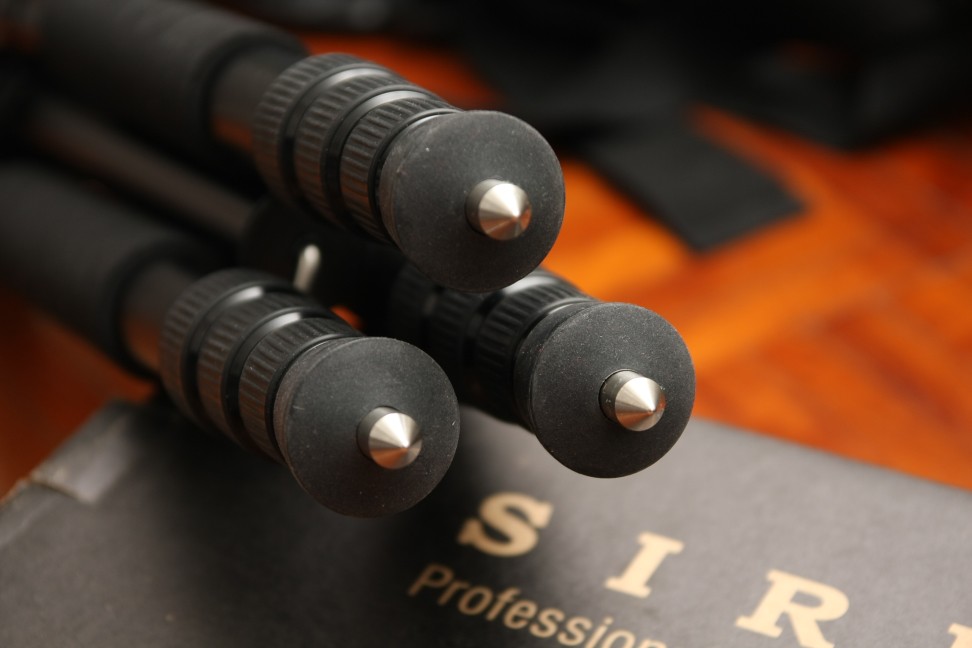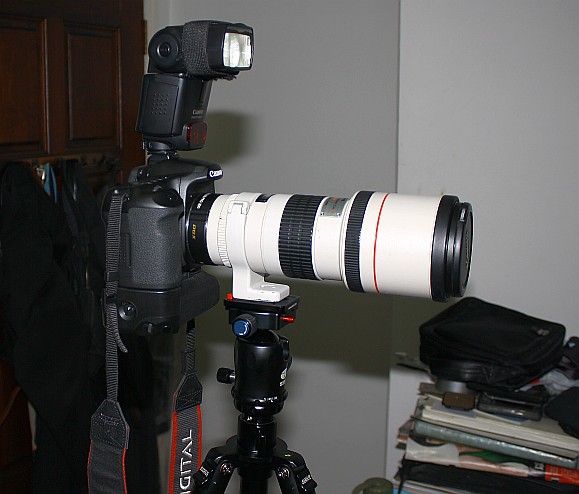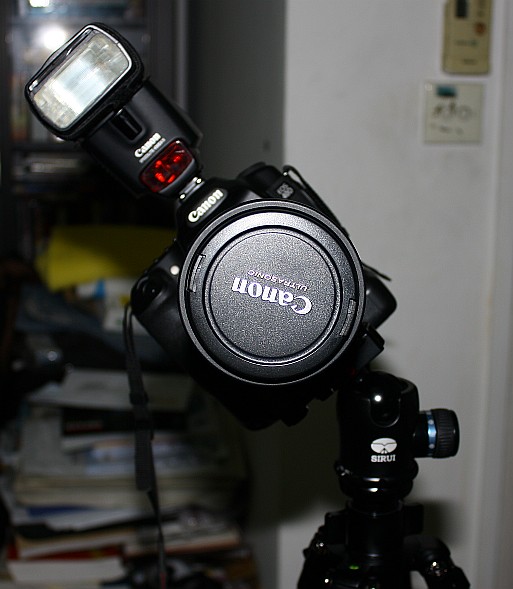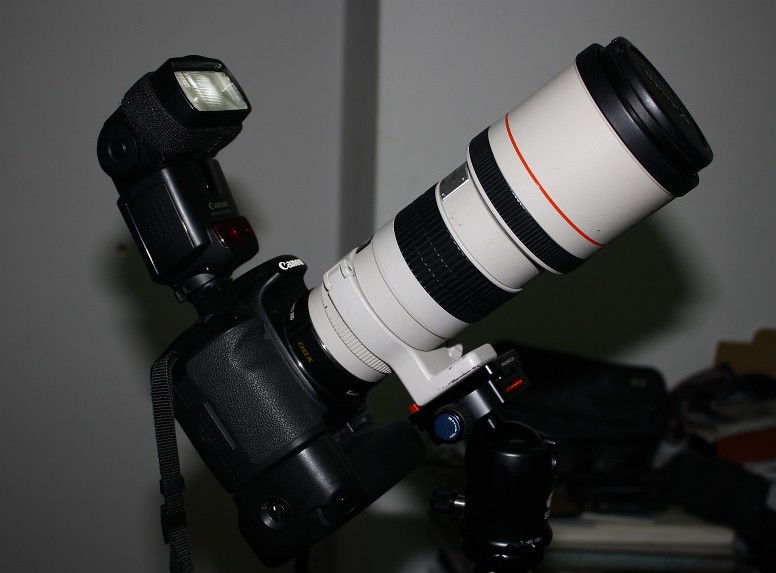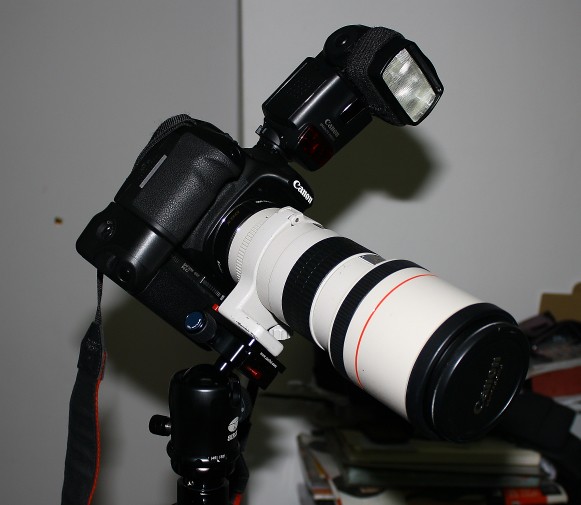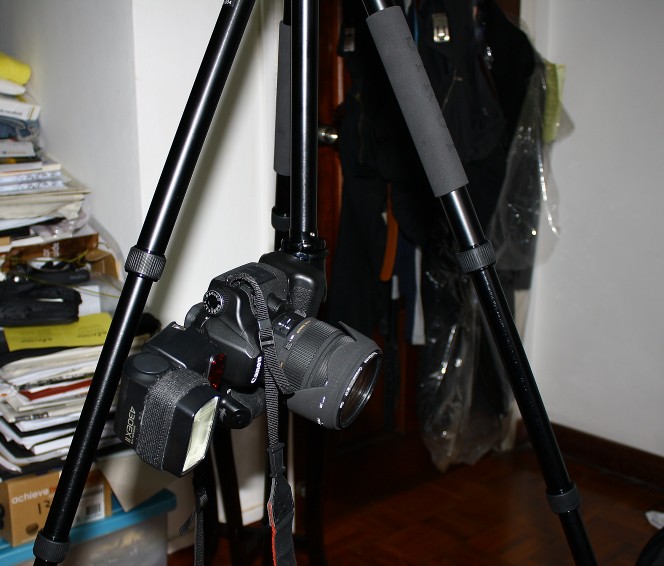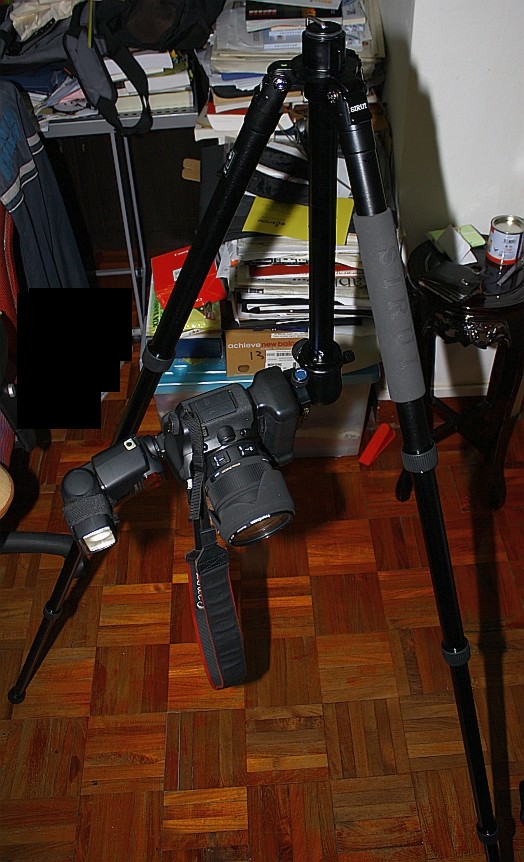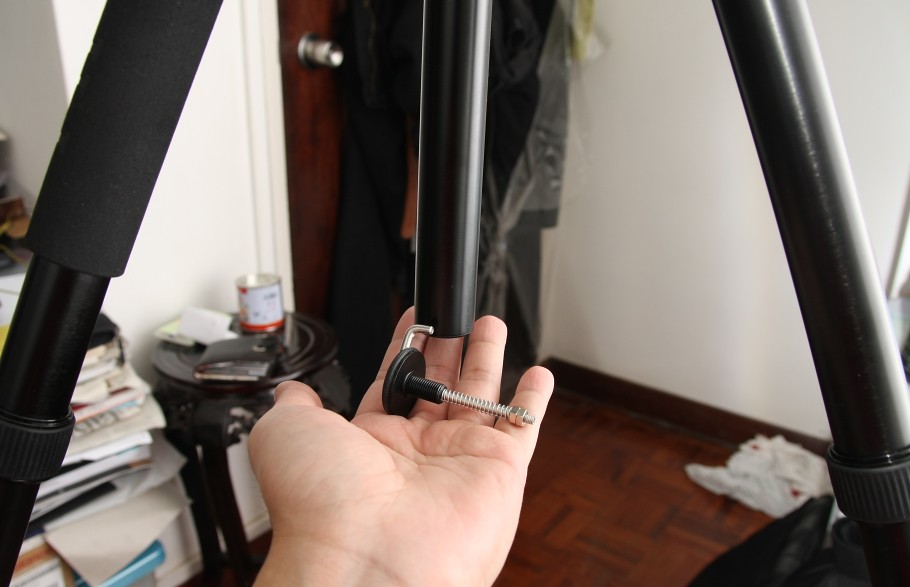Well... now we know the different type of interchangeable lens cameras in the market... I did mention quite abit on sensors and sensor size. So what exactly is the different.
First of, we will look into the main type of sensors available:
1) FF sensor
2) APS-C
3) APS-H
4) 4/3
5) m4/3
6) Foveon X3
And there we have it... of course we have bigger sensor size like the digital back medium format cameras... but they are essentially of the same construction as the normal FF, APS-H and APS-C sensor of the Bayer's type. Anyway, how does all this actually make any sense?
Well... the sensor actually took its form replacing 35mm film in olden days. FF sensor took the size of the 35mm film, and was... well you measure it... 35mm across diagonally. But it was very difficult to create and expensive to manufacture.
Plus not all hobbyists needed such a sensor size.
So came in the APS-C and APS-H sensor size. The APS-C is by far the most used in interchangeable camera systems, almost all the major brands uses them (Canon, Nikon, Pentax, Sony, Samsung and Ricoh). The most interesting thing about this sensor size was that they are not really that standard. Canon's APS-C sensor is a tad smaller as compared to the rest of the brands... but they did came up with a larger sensor and called it the APS-H sensor which they introduced in their 1D flagship (to be discontinued soon with the introduction of the 1DX FF camera).
Anyway, since the APS-C and APS-H sensor are essentially smaller than the FF sensor, there came in the crop factor, which will be needed in calculation with the focal length of the lens. Not to be mistaken though, the focal length of the lens remain the same no matter what sensor you use, but the end result needed some multiplication of the crop factor.
Confused? Well... I am too in the beginning... but to make things easy, I will try to explain in as layman a term as possible:
As we know, today's FF sensor is made to the same size as the olden day's 35mm film. When that is translated into picture taking. The surface of the sensor that are subjected to light from the lens are larger and so more of the picture or scene are being captured on the sensor to be loaded into digital file (RAW or JPEG).
However if you use a smaller sensor, lesser of that scene or picture will be captured because the surface area available for light to fall on is smaller.
Therefore when you enlarge the picture captured by the smaller sensor to the same size as the picture captured by the FF sensor, you will have a larger picture which seemed closer. Therefore there is a saying that if you fit a lens to a camera with a smaller sensor the lens will have a larger lens size.
By how much was the size of the lens to be multiply will depend on the size of the sensor in the camera. Below is a list of sensor crop factor that you would need to multiply to the lens size for different brand of cameras,
1) APS-H - x1.3 (Canon only)
2) APS-C - x1.5 (Nikon, Pentax, Sony, Samsung, Ricoh), x1.6 (Canon)
3) 4/3 - x2 (Olympus)
4) m4/3 - x2 (Olympus and Panasonic)
5) Foveon - x1.5 (Sigma)
Okay, now we get the crop factor out of the way, we will look at 2 sensor type that are mostly used in today's sensor technology- CCD and CMOS. At present moment most of the interchangeable lens camera are using CMOS sensor. So what is the different?
CCD (charge coupled device) and CMOS (complementary metal oxide semiconductor) sensors are sensors created to achieve the same end result... although both functioned differently.
Both the CCD and CMOS convert light into electrical charge and process it into electronic signal. The different is, for CCD sensor, every pixel charge is transferred through very limited number (often only one) of output nodes, to be converted into voltage, buffered and sent off-chip as analogue signal, whereas for CMOS sensor each pixel had its own charge to voltage conversion capability.
Because all pixel of the CCD sensor are devoted to light capture and there is only one output node that transfer the pixel charge and converted into voltage, image uniformity is excellent. As for CMOS sensor, less uniformity is present.
The main issue here though was that CCD sensor required more power and so is battery draining and I would imagine from the operation, they are generally slower. CMOS sensor on the other hand is cheaper to manufacture and is faster in speed.
So why most small digital camera are using CCD since it is suppose to produce better image quality while the more expensive Interchangeable Lens Cameras are mainly using CMOS sensor. Well... from what little I know, CMOS sensor uses less power and so are not that hard on battery and also was cheaper to manufacture. While small PnS camera had very small sensors and so it is cheaper to manufacture - even when using CCD... while CMOS couldn't produce as good an image as the CCD, so implementing the CMOS sensor into the small camera will worsen the image quality too much.
However when implementing the CMOS to the Interchangeable Lens camera, first, it was cheaper to manufacture and as we all know the sensor in these cameras are much larger than the sensor in the PnS, and so it cost will not skyrocket to unfeasible rate. Second CCD is slower than CMOS and that is really not a good trait in Interchangeable Lens camera system because speed is very very important. Third, since the sensor is bigger, the surface area where light falls on are much bigger than the PnS's mini sensor, and so the noise control and image quality are much better.
Thus we are seeing CMOS sensor in most Interchangeable Lens camera, however we are seeing one particular isolated case in the Leica M9 rangefinder, whereby they are interested in getting the best quality image for their camera, so we are seeing the M9 using a APS-C size CCD sensor (and well... they are selling the units for more than S$10k for the body only).
Now... there is also two special type of sensors that we are seeing in Olympus and Sigma. The Olympus sensor are essentially a common CMOS of bayer's type except that it's size are different - the 4/3 sensor.
The 4/3 sensor are a joint development by Olympus and Kodak. This sensor is smaller in size as compared to the rest of the big sensor. This small sensor had a very important advantage over their big cousin. The camera can be smaller and also the lens could be small yet fast and very wide aperture... while equal focal and aperture lens of the bigger brothers will be massive in size and very expensive.
Of the advantage:
1) This sensor enable brighter corners (less vignetting)
2) improved off center resolution even with wide angle lens (something most desirable)
3) Deeper Depth of Field, which means more of the pics stay sharp (not exactly a desirable trait, depending on what you really want).
With all good things... came the disadvantages too:
1) Small sensor means less light hitting the surface... more noise. So high ISO noise control is not as good as big sensor camera.
2) because of crop factor... it became really difficult to achieve wide angle shots... unless your lens is ridiculously wide.
Not to confuse the 4/3 sensor with the micro4/3 sensor although both shared the same size. The micro4/3 sensor was a joint development by Olympus and Panasonic. It was essentially almost the same as the 4/3 sensor... in this literature, I will not go too deeply into this sensor and treated it the same as the 4/3 sensor in size and crop factor... as well as most of its advantages and disadvantages.
The second and most interesting sensor here is the Foveon X3 sensor that so far only Sigma uses.
When we came to this sensor... we must first know that there are essentially two different type of sensor... one was bayer sensor and the second was the Foveon X3 sensor.
Simply has it, the Foveon X3 sensor would capture all three color (Red, Blue and Green) in each pixel, unlike the Bayer sensor. For the bayer sensor, 1/4 of the pixels (in the sensor) would capture Blue color, 1/4 of the pixels would capture Red and the rest 1/2 of the pixels would capture Green color.
In this way, picture captured by the Foveon X3 sensor could be interpolate to 3 times its normal resolution (say 10MP would give you 30MP) and still produce reasonably sharp photos. It would not be the case for Bayer type CMOS sensor though.
Another thing about the Foveon X3 sensor was the lack of AA filters (which must be present for Bayer type sensor or we will be seeing massive moire pattern on the photo.) however the inclusion of the AA filter would also decrease the sharpness of the image... thus with the Foveon X3 sensor... we are seeing a very sharp and crisp image.
However, one problem with the Foveon X3 sensor was the cost to manufacture the sensor... and so the new Sigma SD1 DSLR costed around US$8000 and with almost no other function but to take still photos.
Okay... now we have a tiny knowledge on the different sensor type that are being use in Interchangeable Lens system.



